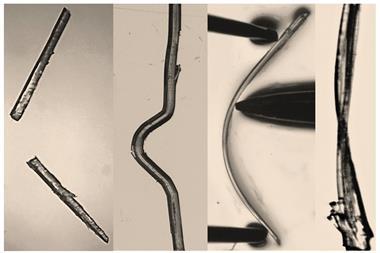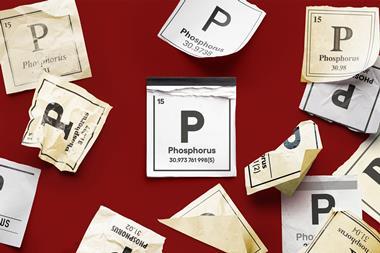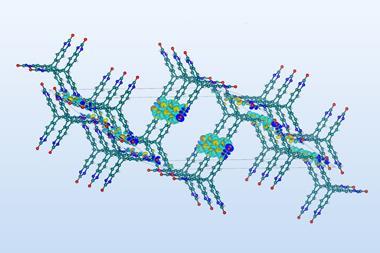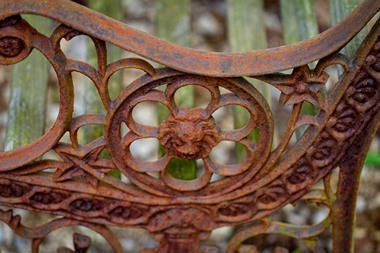A nice example of the art and science of molecular tectonics

Scientists based in France are behind these peculiar looking crystals. Sylvie Ferlay, Mir Wais Hosseini and colleagues at the University of Strasbourg used a molecular tectonics strategy to prepare the crystals. In molecular tectonics, building blocks, called tectons, are designed to recognise each other so that they self-assemble into molecular networks when placed together.
Combining M2+ cations (where M = Co, Ni, Cu or Zn) with 2,4,6-pyridinetricarboxylic acid, bisamidinium dications and sodium hydroxide resulted in metal complexes that interconnected into single crystals of different colours depending on the metal cation. Single crystals based on one metal were then immersed in a solution containing the same ligand (2,4,6-pyridinetricarboxylic acid) and organic tectons (bisamidinium dications) and a different metal cation. The single crystals acted as seeds for the crystallisation of the coordination polymer of the different metal cation since the unit cells fitted almost perfectly to each other. Single crystals of one compound grew around the single crystal of another to give a crystal within a crystal.
This crystal engineering strategy is a powerful tool for preparing crystalline materials with different crystalline domains, the researchers say. It just leaves us to wonder how many coloured stripes could be added on?












No comments yet